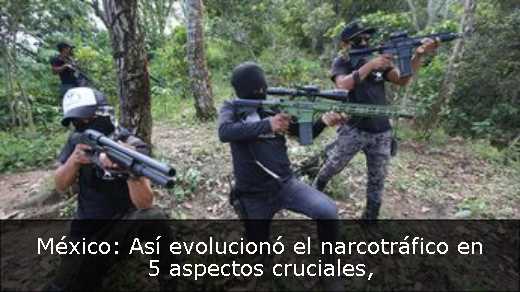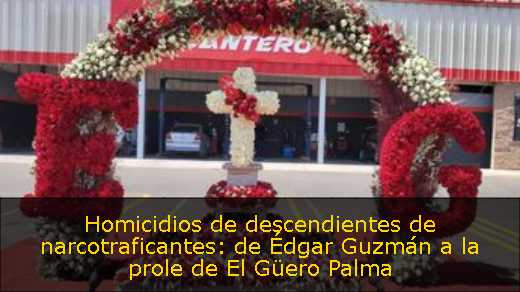
Durante varias décadas, el tráfico de drogas en México ha crecido como una fuerza oculta y persistente, operando al margen de la ley y afectando instituciones clave while shaping everyday life in extensive regions of the country. Nevertheless, specific moments have accelerated its evolution: political decisions, internal rifts among cartels, new routes, and new drugs. These critical events have not only changed the dynamics of organized crime but also the way violence is experienced in Mexico. En MILENIO, we explain five key points to understand this phenomenon. More about the series... Narcotrafficking in the present: What has changed in the last decades How the appearance of Los Zetas changed the criminal map of Mexico The poppy and marijuana: how the drug business started The drug business in Mexico has deep roots dating back to the early 20th century, when poppy and marijuana began to be systematically cultivated in various regions of the country. Over time, growing international demand—particularly from the United States—transformed these plants into highly profitable products within an expanding illicit market. Authorities destroy poppy and marijuana fields | Cuartoscuro enlarge The rise of the Guadalajara Cartel and its alliance with Colombian cartels In the 1980s, the Guadalajara Cartel emerged as the first major narcotrafficking organization in Mexico, unifying various traffickers under the leadership of figures like Miguel Ángel Félix Gallardo, Rafael Caro Quintero, and Ernesto Fonseca Carrillo. This organization marked a turning point in the history of Mexican narcotrafficking by establishing a hierarchical structure and operating with almost corporate discipline. Its growth coincided with the increase in cocaine consumption in the United States, leading the cartel to seek new routes and allies to expand its influence and earnings. From Sinaloa to Tamaulipas: The creation of other criminal groups After the fragmentation of the Guadalajara Cartel in the 1990s, new criminal organizations emerged, inheriting both routes and experience in drug trafficking. The power vacuum led to the rise of the Sinaloa Cartel, headed by Joaquín El Chapo Guzmán, Ismael El Mayo Zambada, and other capos who turned the group into one of the worlds most powerful criminal organizations. Simultaneously, in the northeastern part of the country, in the state of Tamaulipas, the Gulf Cartel consolidated, which later gave rise to one of Mexicos most violent groups: Los Zetas. When the Guadalajara Cartel fell: how the current dominant criminal groups emerged in Mexico Narcotrafficking The violent emergence of Los Zetas Los Zetas burst onto the narcotrafficking scene in Mexico in the late 1990s with unprecedented brutality. Originally the armed wing of the Gulf Cartel, they were composed of elite former soldiers who had deserted the Mexican Army, bringing with them tactical training, discipline, and knowledge of special operations. Los Zetas not only sought to control drug routes but also impose their dominance through terror, employing military tactics, public executions, and displays of violence that quickly made them feared throughout the country. The last two leaders of the Zetas were extradited to the United States on February 27 | Special enlarge The evolution of narcotrafficking: the current landscape In 2025, narcotrafficking in Mexico has evolved into a more fragmented and diverse structure, where cartels have stopped relying exclusively on drug trafficking to finance their operations. The phenomenon has experienced profound transformations in the last decade, marked by two key factors: the territorial expansion of cartels and changes in the drug market in the United States. Consumption of plant-based drugs such as marijuana and heroin has decreased, giving way to the rise of synthetic substances, particularly methamphetamine and fentanyl. This transition has led Mexican drug cartels to reconfigure their production and trafficking routes, becoming more sophisticated and dangerous. More about the series... The white powder boom: the rise of the Guadalajara Cartel How it all began This is the origin of the drug trade in Mexico RMV.,







